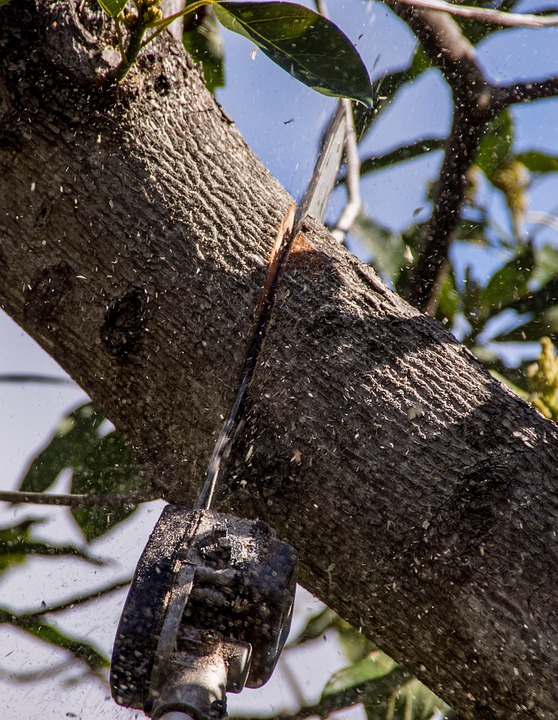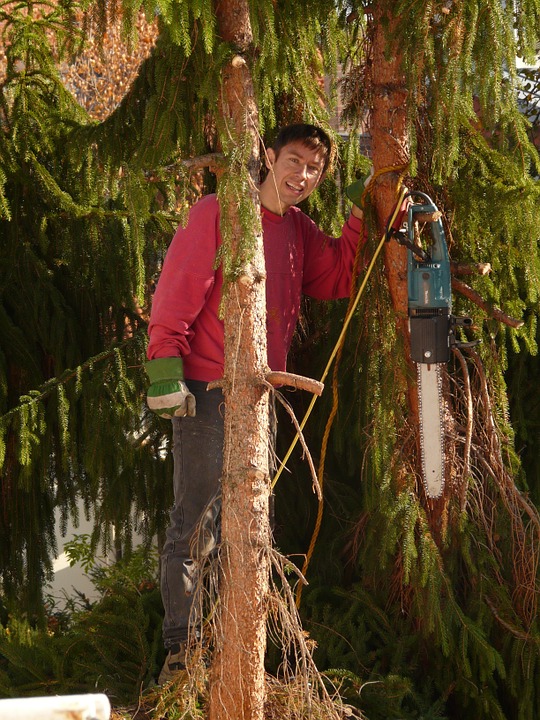What Is The Best Time to Prune Trees In Canada?
For those of you who don’t know by now, pruning is simply the proper and judicious removal of plant parts such as leaves, roots, stems or any other parts of a tree in order to maintain structure or and increase usefulness. Tree pruning can be done at any time but the results vary, here is what I am saying. In the event that a tree poses a hazard or danger to your person, your home or anything else, you should prune the tree. However, if the tree doesn’t pose an immediate threat to you or anyone else it is important to think about the side effects of your actions. For example will your actions result in the death of the tree? Let’s use oak trees as an example; in Canada the best time to prune oak trees is during the winter months, why? That’s because during winter oak trees are dormant meaning there is very little probability of your actions resulting the spread of common fungal diseases.
Let’s use oak trees as an example; in Canada the best time to prune oak trees is during the winter months, why? That’s because during winter oak trees are dormant meaning there is very little probability of your actions resulting the spread of common fungal diseases.
When to prune and when not to
Winter: as mentioned above during winter trees are dormant, this makes winter the best time to prune in Canada. According to experts it is best to wait until the coldest part of winter has passed. If done at the right time the result will be a vigorous burst of new growth in spring.
Spring: pruning can still be done during early spring, do it before new leaves develop and new buds swell.
Fall: this is the worst time to prune, light pruning such as removing leaves won’t hurt, but you should keep in mind that during this season fungi spread their pores profusely meaning there is a very high likelihood of spreading diseases. Also “wounds” caused by cuts heal slower in fall.
Summer: heavy pruning dry summer is ill advised because it might slow growth; instead what you should do is light pruning to maintain structure.
Key steps for pruning young trees
Generally the best time to prune trees in Canada is winter, you can do light pruning during the other season but be careful not spread diseases. On to the next question, how do you do it?
Step 1: remove dead, damaged, dying or diseased branches
Use a machete or cutting tool to remove dead diseases or dying branches. Hack away its not rocket science.
Step 2: identify the most vertical stem
The central stem or central lead should be most vertical and strongest stem. The idea is to remove the competing stems using a machete or cutting tool of your choice.
Step 3: Scaffold branches
Scaffold branches will form the canopy (primary limbs), what you have to do is look for well attached branches located above the lowest permanent branch. Remove larger branches.
Reasons to prune
- Pruning improves structural strength: a stronger structure means better health and less risk of property damage.
- Saves you money: if you start pruning a tree when young it will require less maintenance when older thus will save you time and money.
- Increases tree longevity.
Contact VTS your professional Vancouver tree doctors for a free consultation today!
